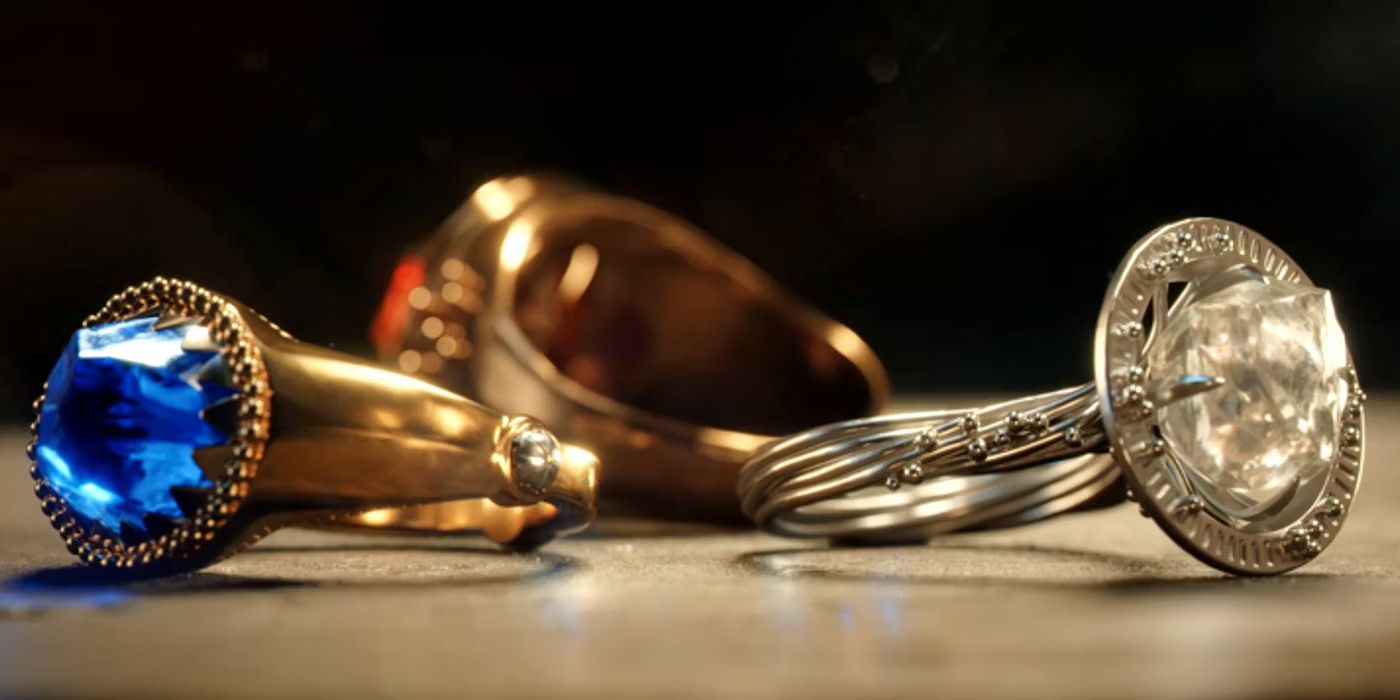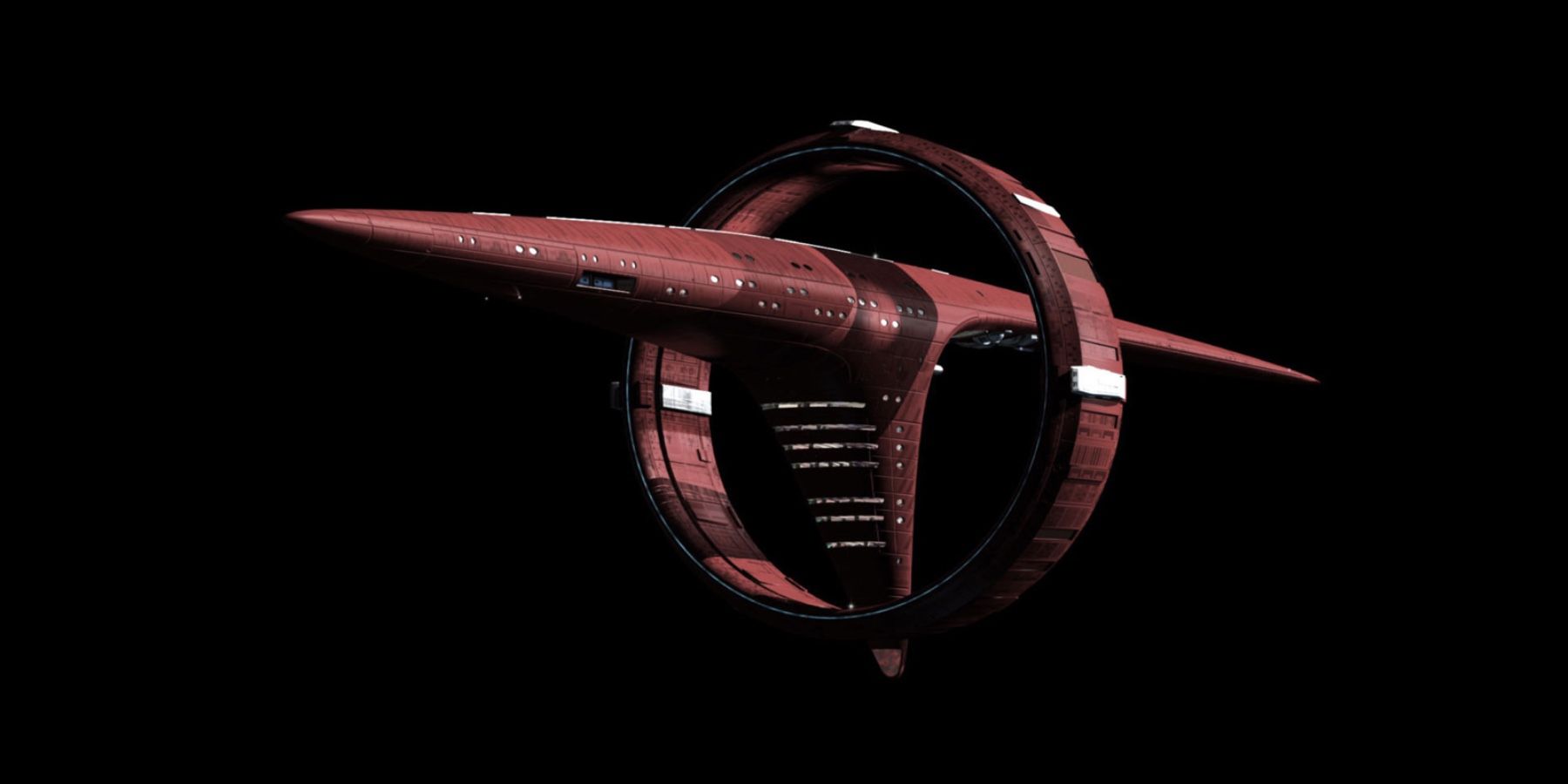Since the creation of Star Trek over 60 years ago, there have been many incredible technologies added by the impressive roster of new iterations into the franchise. Such innovations range from food replication devices that could single-handedly eradicate world hunger to entire rooms dedicated to the fictional worlds of holonovels. But some of the best technology depicted over the years are ones introduced right at the very start of the franchise, and the crowning achievement of all these is warp travel. Warp technology can be found in the majority of space faring races, but none are perhaps more unique than the Klingons. What makes their warp engines so special?
Warp drives are found in abundance through the Star Trek galaxy, widely used by not just the friendly faces of the Federation, but also by almost every culture the intrepid protagonists of the shows come across. It comes in various forms across the franchise. Discovery adds a whole new unique spin on the concept, but in the older, core series, the premise behind these wondrous technologies stays fairly consistent. The Klingon’s iteration, however, stands out considerably. It's less about the fundamentals of how it works, but more so the implementation in design and functionality. It’s important to note that a lot of the information about the Klingon warp drives can not be found explicitly within canon, so there are a lot of fan theories that aim to logically fill in the gaps.
Starfleet uses what is known as the warp coil design. This design is instantly recognizable (thanks to Gene Roddenberry’s four starship design rules) by the inclusion of paired nacelles extruding from the back of each Starfleet ship. There are exceptions to this, of course, but this is a fairly standard layout. Each nacelle contains a series of coils that are made of a futuristic, unknown alloy that is able to generate the subspace fields required for space bending warp travel. They are powered by the high-energy plasma that the warp cores produce.
The Vulcans use a similar design, but instead of a tightly packed series of coils they used a circular nacelle which protrudes around the ship. There is not much information about how these work, but it’s theorized they work similarly to the Starfleet warp coils. These are what senior production illustrator for Enterprise Rick Sternbach called ‘Annular Warp Ring.'
Then comes the Klingon Bird of Prey. These iconic winged spaceships feature no nacelle or warp ring at all. When looking at some not-strictly-canon documentation for how these ships function, it states that their wings are not a form of nacelle, nor are they pylons that the nacelles sit upon. Rather, they contain sheets of warp-generating material. There are no coils or rings in sight, nor a logical place for them to be generated. Instead, these ships feature a rather archaic ‘exhaust’ hole at the rear that burns a fiery red rather than the iconic blue found throughout the series.
Where the Klingons got the design for these ships, so far removed from anything else found within the active universe, is a question that has generated many fan theories over the years. The most common theory is that the Klingons stole their warp technology from the Romulans way back in the distant past. This theory falls apart, however, when looking at the Romulan ships. Romulan vessels all use nacelles attracted to pylons, even back in the days of The Original Series.
Another, more credible, theory suggests that the Klingons inherited their distinct warp design from a race called the Hur’q. These ancient beings, known as the Burrowers by the Dominion, originated from the Gamma Quadrant, and occupied the Klingon homeworld during the 14th century. The name Har’q itself is the Klingon word for Outsider, so it’s clear the Klingons never truly warmed to their captors. Sure enough, they finally managed to drive them off sometime later. The specific history on this is limited, but it’s likely that when the Har’q were driven back, they left a scattering of technology behind.
It’s suggested that the Klingons of this era were similar to the humans of the 14th century, experimenting with feudalism and far too primitive to make proper use of these technological treasures. However, it is likely they devoted large amounts of time trying to reverse engineer this now-forgotten Gamma Quadrant tech. Eventually, it stands to reason that the Klingons would advance enough to develop their own versions, creating their own spaceships and warp drive based on this technology. These are very much their own creations, but had their core grounding in something other Alpha Quadrant races lacked.
Whatever the history behind the unique warp drive technology of the Klingon empire, it suits their nature perfectly. The design is brutal, with none of the elegance or finesse that the nacelles and pylons give the other ships of the franchise. It is animal-like and minimalist, providing them a greater battle advantage while only sacrificing high warp capabilities. They are not a culture of people who see the necessity to outrun their prey, favoring greatly the ability to stand their ground. As such, their ships require more firepower to take down or damage, and possess far fewer parts that could be damaged or broken off.






